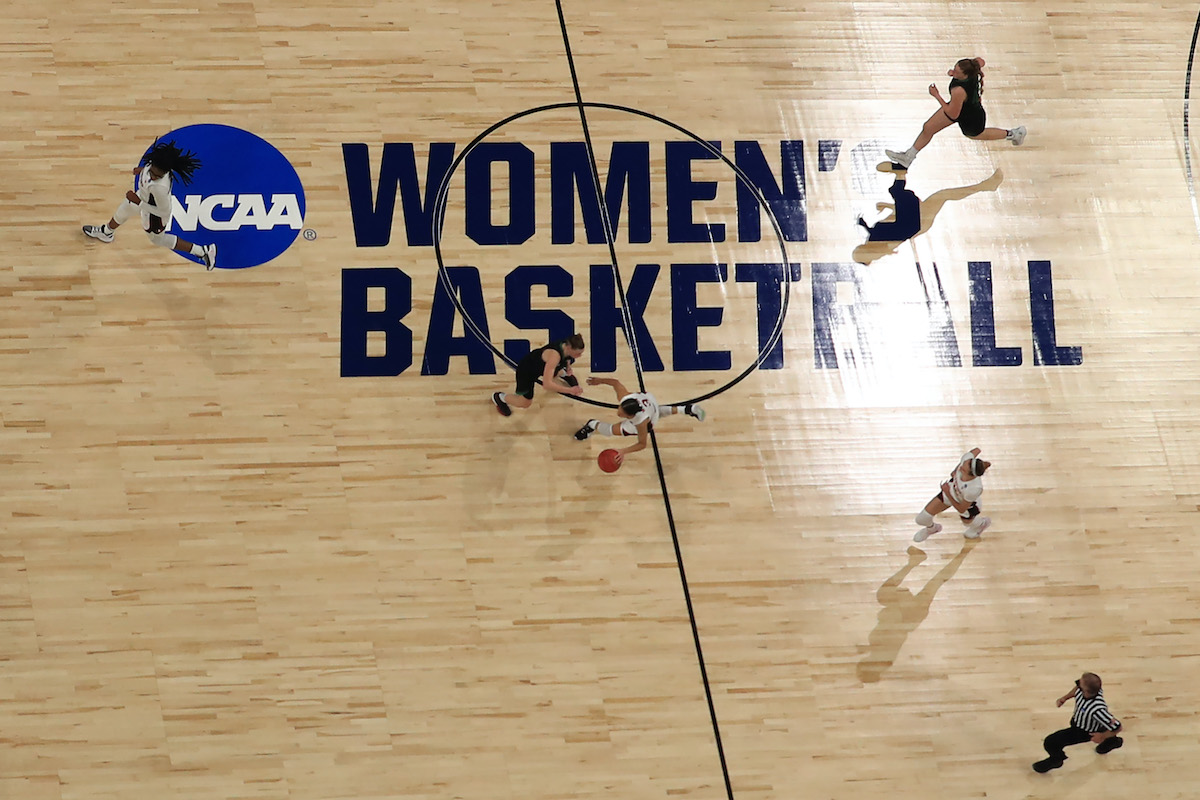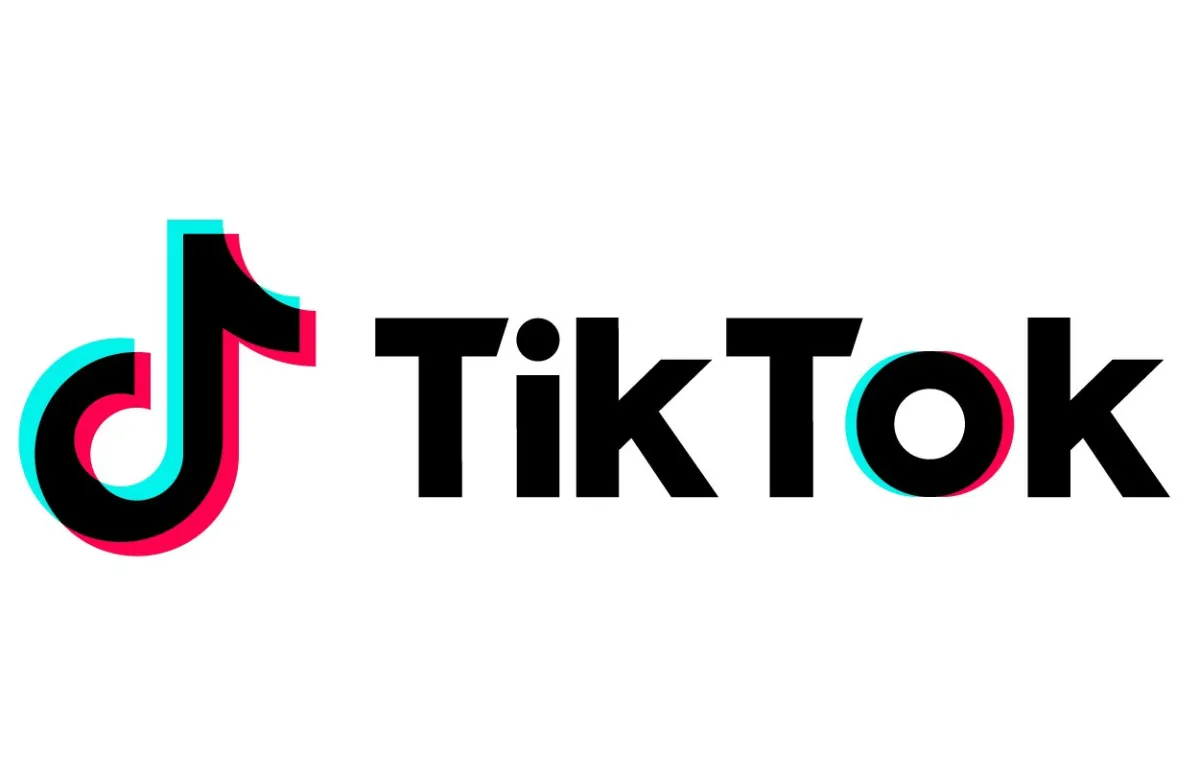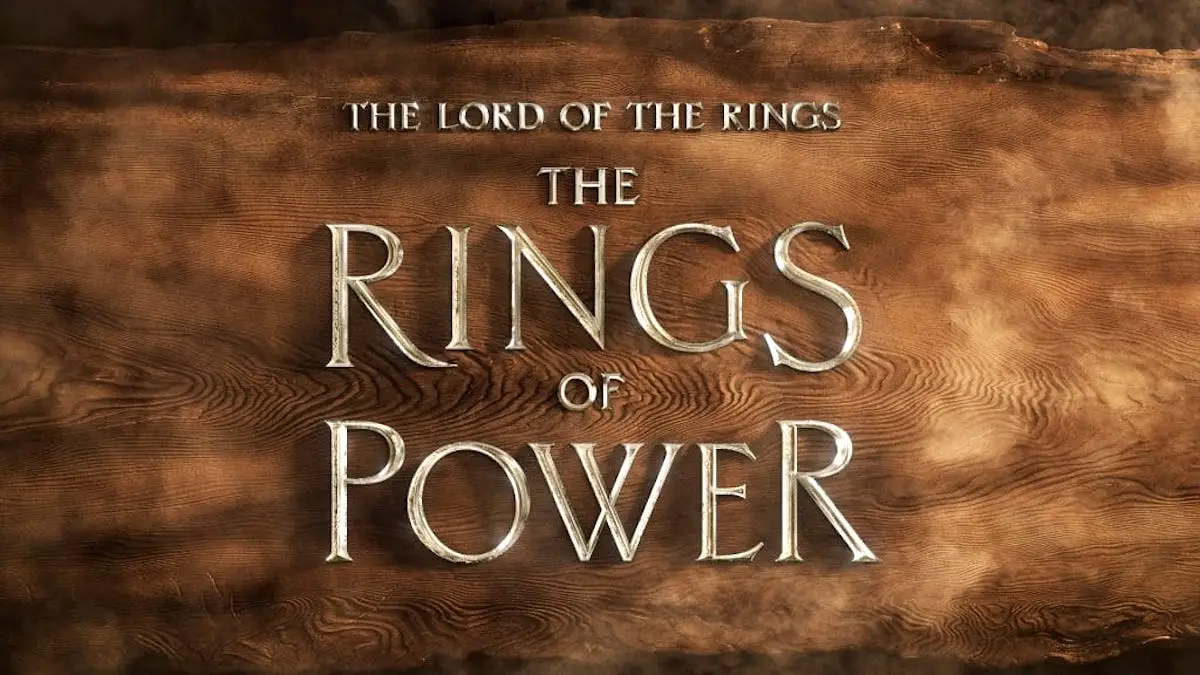The NCAA has come under fire in the last few days after a number of women’s basketball players and staff have had social media posts go viral, drawing attention to the extreme disparities in the resources that have been provided to them versus those available to their men’s team counterparts.
Last week, Stanford University Sports Performance Coach Ali Kershner posted two pictures to Instagram. One showed the men’s weight room: an expansive room, well-stocked wide variety of equipment. Underneath was the women’s “weight room,” which consisted of one small rack of hand weights and a short stack of yoga mats.
View this post on Instagram
“This needs to be addressed,” Kershner wrote. “In a year defined by a fight for equality this is a chance to have a conversation and get better.”
Lynn Holzman, NCAA vice president of women’s basketball, put out a statement responding to Kershner’s post, saying that “some of the amenities teams would typically have access to have not been as available inside the controlled environment,” which makes no sense because those amenities were clearly made available to the male players.
Holzman said that also blamed the lack of equipment on “limited space,” explaining that the “original plan” was to expand the women’s weight room once teams progressed further in the tournament.
Not only do the men’s teams have access to a full weight room from the very start of their tournament, but a video from Oregon player Sedona Prince proved just how ridiculous that “limited space” excuse is.
Let me put it on Twitter too cause this needs the attention pic.twitter.com/t0DWKL2YHR
— Sedona Prince (@sedonaprince_) March 19, 2021
The NCAA responded by providing the women’s players with an actual weight room, filled with the kind of equipment you’d expect to be provided for athletes at this level.
Social media is powerful. Thank you for all of y’all’s support pic.twitter.com/YR5ZNwywv6
— Sedona Prince (@sedonaprince_) March 20, 2021
That’s legitimately great, but the weights were also far from the only disparity these women have to deal with. During the current tournament, these players have also reportedly been given substantially inferior food and swag bags.
Here are the differences in amenities/provisions between the Women’s & Men’s NCAA Tournament I’ve seen so far
– Weight room/equipment
– Food
– Swag BagsPhotos from: @Cpav15, @sedonaprince_, @danhenry3, @alikershner pic.twitter.com/2YfCeXaJNn
— AJ McCord (@AJ_McCord) March 19, 2021
Most troubling of all, though, is that the women’s and men’s teams have also been receiving different types of COVID-19 tests. The men have been using PCR tests—the most commonly used type of test. The women have been using antigen tests, which are considered to be far less accurate.
“Women athletes and coaches are done waiting, not just for upgrades of a weight room, but for equity in every facet of life,” reads a statement issued by Stanford’s Director of Women’s Basketball Tara VanDerveer.
“Seeing men’s health valued at a higher level than that of women, as evidenced by different testing protocols at both tournaments, is disheartening.”
This cannot continue to be business as usual. pic.twitter.com/gyIEgcRRpY
— Stanford Women’s Basketball (@StanfordWBB) March 21, 2021
As this conversation has been blowing up online over the last few days, there are, as you’d expect, plenty of people trying to mansplain the fundamentals of sports engagement, insisting that the women don’t get equal amenities because they don’t bring in as much revenue.
First of all, to say that women don’t deserve equal access to reliable medical resources because they don’t bring in enough money is just a completely subhuman reaction to this problem.
Also, this idea that women’s sports aren’t as popular, and therefore don’t get the resources and the marketing and just general support that their male counterparts get, is a destructive self-fulfilling policy. We only have to look at the incredible growth of women’s soccer over the last few years to see how the pattern truly goes the other way: Women’s sports are denied resources that could grow their audience, and therefore can’t bring in more money. When these women are allowed to thrive, their value is undeniable.
But the women of the NCAA have consistently been denied those resources. For example, how are these women supposed to grow their audience when journalists aren’t provided with the resources needed to cover them?
Since we’ve been talking a lot about the NCAA and their treatment of the women’s game this past few days… Just gonna leave this here. pic.twitter.com/zGYMBrZYYB
— Brenna Greene (@BrennaGreene_) March 22, 2021
And how are they supposed to capitalize on the extreme popularity of the March Madness brand when they’re denied the right to use that brand?
The NCAA initially told WSJ that women’s bball leaders “chose” not to use the March Madness brand. After WSJ reached out to a former official, NCAA admitted that was inaccurate.
Turns out WBB execs asked at least once to use the brand and were rejected.https://t.co/IqUfiq0ZGW
— Molly Hensley-Clancy (@mollyhc) March 22, 2021
The inequalities on display in the swag bags and training equipment during this current tournament are infuriating but they’re not new. These disparities are built into these systems.
“While I appreciate the outrage, the [fact] that there’s a huge disparity between men’s and women’s sports is hardly breaking news,” reads a statement from Notre Dame’s legendary former coach Muffet McGraw, who’s been speaking out about the inequalities in college sports for a very long time.
— Muffet McGraw (@MuffetMcGraw) March 20, 2021
“We have been fighting this battle for years and frankly, I’m tired of it,” she writes. “Tired of turning on the tv to see ‘NCAA basketball tournament’ only to realize that of course that means men’s. Tires of seeing Twitter accounts called March Madness and Final Four that are run by the NCAA but only cover men’s bball. Tired of having to preface everything we do with the word ‘Womens’ which would be fine if the men had to do the same, but they don’t, and when they don’t it makes us look like the JV tournament to their event.”
“The fact that there are inequalities in facilities, food, fan attendance, and swag bags is not what bothers me. What bothers me is that no one on the NCAA’s leadership team even noticed. While corporations across the country are scrambling to hire women and set up diversity & inclusion teams, the NCAA had an opportunity to highlight how sport can be a place where we don’t just talk about equality we put it on display,” McGraw’s statement reads.
“To say they dropped the ball would be the understatement of the century.”
(via AP, NPR, image: Carmen Mandato/Getty Images)
Want more stories like this? Become a subscriber and support the site!
—The Mary Sue has a strict comment policy that forbids, but is not limited to, personal insults toward anyone, hate speech, and trolling.—










Published: Mar 22, 2021 05:07 pm